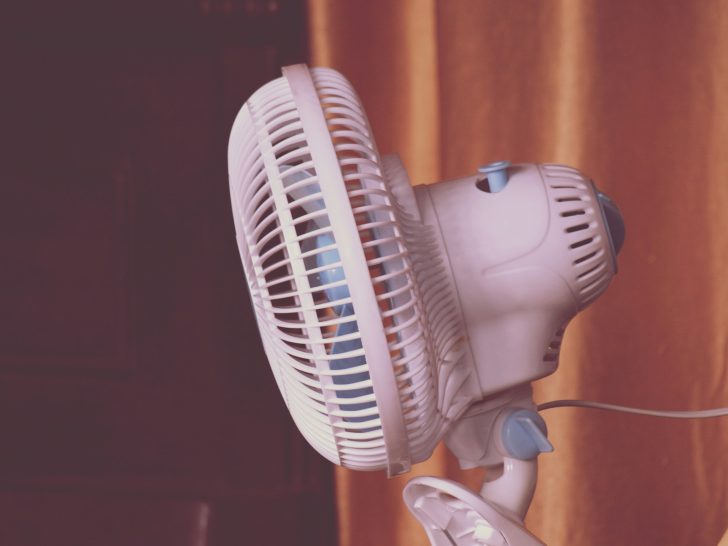The internet loves a cheap DIY solution, but not all hacks are smart or safe. One viral trend shows people tying frozen water bottles or laying damp towels on electric fans, hoping to turn them into makeshift air conditioners.
Experts say, stop. This trick can damage your fan, shock you, or worse.
DIY hacks like this one might feel clever in a heatwave, but this one comes with real risks. It is a bad idea, and a dangerous one. If you have seen it on TikTok, skip it.
@tiabagha Had to get crafty because im not paying fir a $600 AC unit🤨 #ac #airconditioner #airconditioning #diy #fan #summer #hot #heat #lifehack #lifehacks #fyp ♬ Come and Get Your Love - Redbone
The Problem With Water-Based DIY Fan Hacks
First off, let’s talk about what actually happens when you mix water and electronics. It is never good. When people attach frozen bottles or drape wet towels over fans, they are inviting water to drip into the fan motor. And when that happens, you get a serious risk of electric shock. Water and wires are not friends.

Chandan / Unsplash / Even if the water doesn't hit the power source directly, there is still trouble. The moisture builds up over time and causes condensation inside the fan.
That leads to corrosion, short circuits, and in some cases, fire hazards. These DIY hacks fail, and can fry your fan and threaten your home.
These hacks don’t actually cool the room. They might give a tiny burst of cool air if you sit right in front of them, but they do nothing for the overall temperature. You are risking your safety for a cooling effect that is weak at best and completely useless at worst.
Luke Osborne, from Electrical Safety First, warns that fans are not designed for this kind of DIY use. They are not built to handle wet materials or melting ice. Instead of chilling your space, you end up overheating the motor or making your fan wobble from uneven weight. It is a lose-lose.
What Happens Inside Your Fan?
A fan motor works hard already. When you throw a wet towel or a heavy frozen bottle on top, it strains the motor even more. Over time, that stress breaks down parts and burns out the machine. Now, not only are you hot, but your fan is dead.

Freepik / The added moisture can cause slippery surfaces and puddles near power cords. That is a shock risk waiting to happen.
All it takes is one drip in the wrong spot, and you have got sparks or worse, a fire.
However, you don’t need to pull risky DIY moves to cool down. The simplest trick? Use fans to move air smartly. Place them by windows in the evening to pull in cooler air and push out the hot stuff. That creates natural cross-ventilation, and it works better than frozen socks on a fan ever will.
Another no-cost fix: block out the sun. Shut your curtains or blinds during the hottest part of the day. That stops heat from getting trapped inside. It won’t make your room cold, but it stops things from turning into a sauna. And it costs nothing.
People forget that airflow gets blocked by the way your room is set up. If your fan is blowing air into the back of a couch or bookshelf, it is useless. Rearranging your furniture can actually make a big difference. Give your fan a clear path, and it can do its job better.
